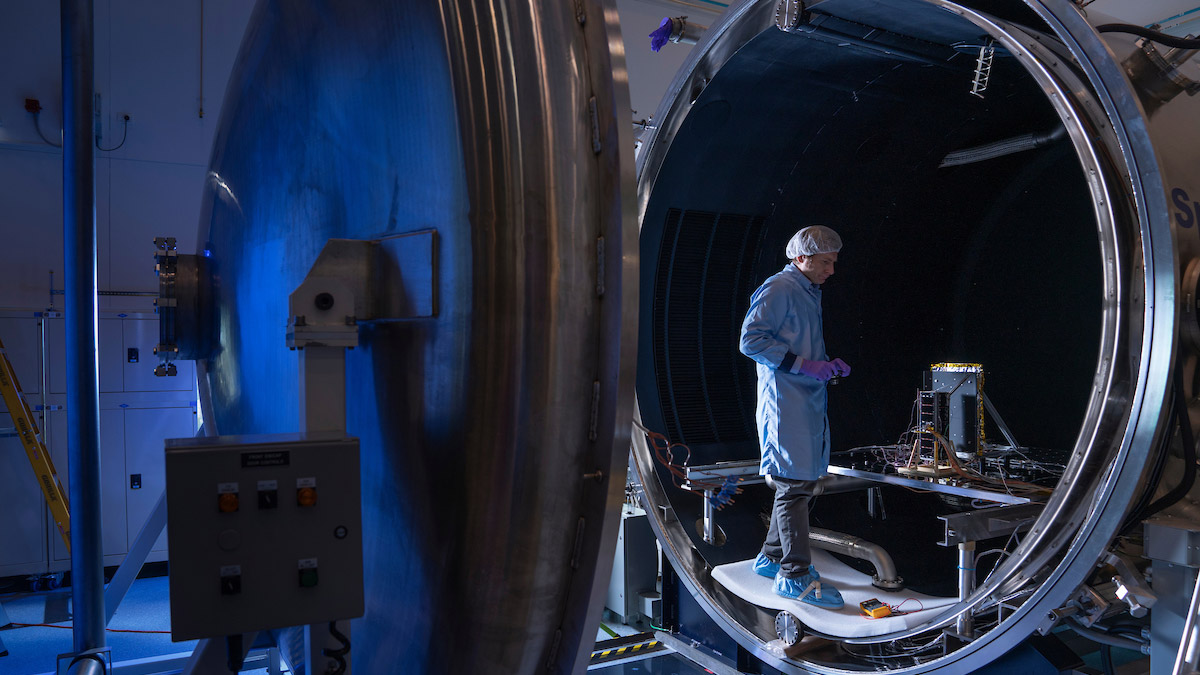Australia’s world-leading space facilities are strengthening the space industry and providing Australia with enhanced technological capabilities.
As the national space agency, we have an important role in advancing Australia’s space economy, which includes backing the development of state-of-the-art space infrastructure across the country.
We have funded several national space facilities to accelerate Australia’s delivery of space-based services, increase its space contribution globally, and foster new research and commercial partnerships here at home and internationally.
Providing essential capability for your space activities
We support cutting-edge capabilities that can support various space missions or activities.
Australian Space Data Analysis Facility
Australian Space Data Analysis Facility
The ASDAF provides analysis of Earth observation and space situational awareness data. It facilitates collaboration between the Curtin Institute for Data Science and the Pawsey Supercomputing Centre.
National Space Qualification Network
National Space Qualification Network
The NSQN is an impressive national network of unique testing facilities operated by world-class space experts. It enables space technology to be locally qualified for missions beyond Earth.
Responsive Space Operations Centre
Responsive Space Operations Centre
Saber Astronautics’ RSOC supports space operations and provides integrated space traffic management services. It offers SMEs and researchers a platform to control small satellite missions.
Space Automation, AI and Robotics Control Complex
Space Automation, AI and Robotics Control Complex
Fugro’s SpAARC is a multi-purpose operations, research and innovation hub. It trains, tests and controls autonomous operations and robotics in extreme environments – in space and on Earth.
University of Tasmania Greenhill Observatory
University of Tasmania Greenhill Observatory
The 7.3 metre antenna provides space-to-earth communications for low-earth-orbit satellites. It plays a critical role in growing Australia’s expertise in tracking spacecraft and debris in space.

Australia’s space sector
There are a range of activities underway which focus on creating an environment for the space sector to grow.














